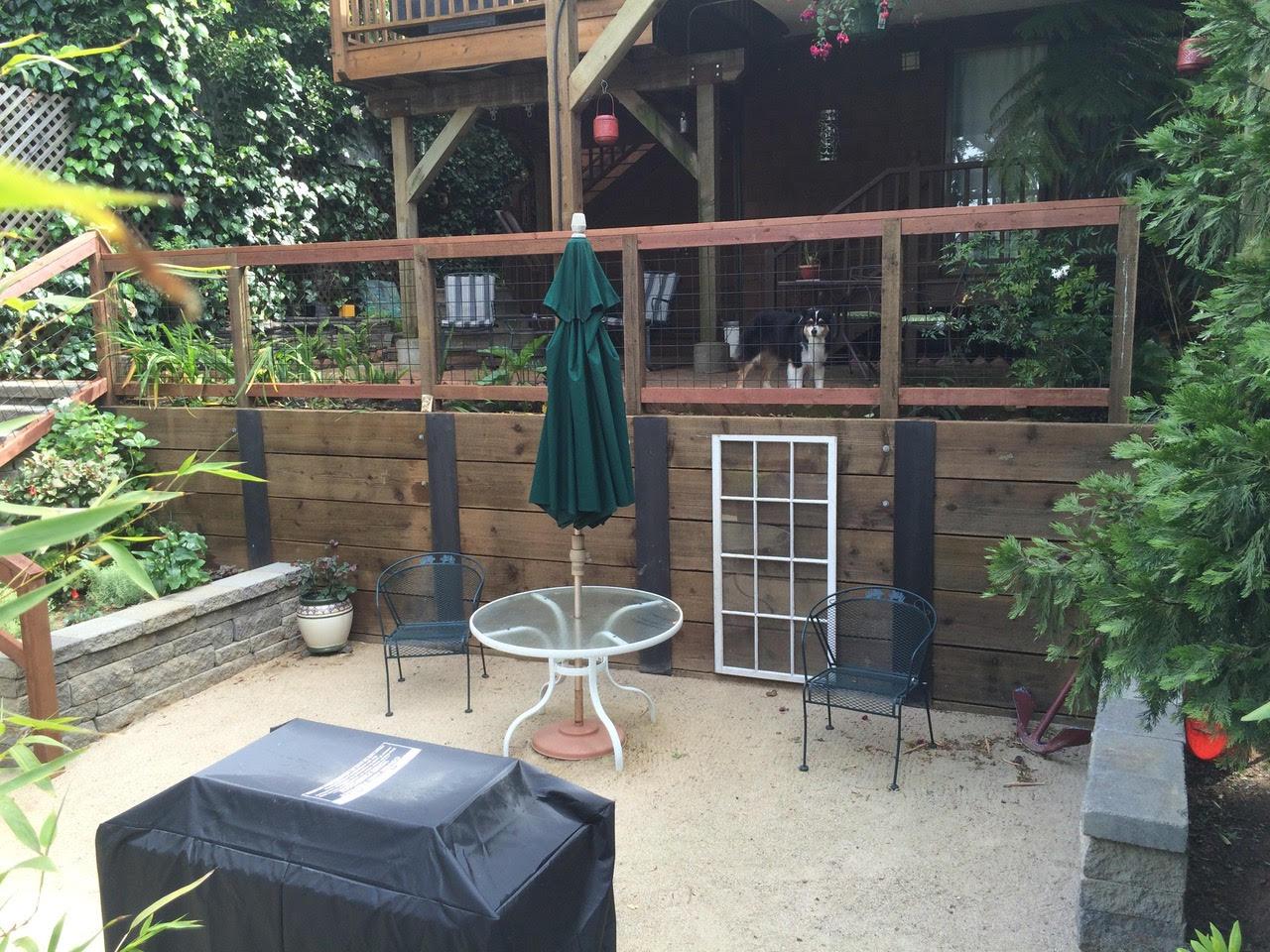Steel Beam and Wood Lagging Retaining Walls

- Steel beam + wood lagging systems (soldier pile walls) offer cost and installation time advantages over concrete walls.
- Proper engineering, drainage, and maintenance are essential to longevity.
- Ideal for moderate heights and soils; less suited for saturated ground or very tall walls.
At RWR Construction, we believe in bringing both efficiency and durability to every retaining wall project. When homeowners and engineers weigh options, steel beam and wood lagging retaining walls stand out for their balance of strength and flexibility. As specialists in earth retention systems, we design and build these systems to meet site-specific soil, slope, and drainage challenges. By combining steel H-beams with pressure-treated wood lagging, we deliver cost-effective solutions that tie directly into our retaining wall and earth stabilization services.
Here's how it works: RWR crews install vertical steel piles (typically W8 through W12 sections) at regular intervals, embedding them deep enough to resist overturning. As excavation proceeds in stages, horizontal wood lagging is inserted between the steel flanges. This method keeps soil stable during construction and lets us adapt to on-site variations. We integrate perforated drainage pipes and granular backfill to channel water away and relieve hydrostatic pressure—an essential step to avoid wall failure over time.
One of the biggest selling points of this system is cost and speed. Compared to cast-in-place concrete walls, steel + wood lagging often saves 35–65% on costs and cuts down installation time significantly. On average, concrete walls might take 47+ days, while our soldier pile walls often wrap in 13–26 days. That’s less disruption, less labor, and more efficient use of your budget. Plus, the segmented wood lagging lets us replace individual boards later without disturbing the whole wall structure.
Still, this approach has limits and must be carefully engineered. We favor this method for walls up to about 12 feet (or higher when using tiebacks), in soils like dense sands or stiff clays, and where groundwater is manageable. But if conditions include very loose soils, high water tables, or heavy permanent loads (like pools or steep driveways), we may recommend alternate systems (e.g. soldier pile with tiebacks, micropiles, or rigid concrete walls). Our design decisions always tie back to best performance, safety, and long-term value.
Longevity and maintenance are central to what we deliver. Steel components, when properly protected, can last 100+ years, while the wood lagging typically needs inspection and possible replacement every 15–20 years. We recommend annual checks for signs of wood decay, drainage clogging, or any wall movement. Our team at RWR offers maintenance, repair, and upgrade services so your wall will continue protecting your property for decades.
Frequently Asked Questions
Q1: How tall can a steel beam & wood lagging wall be?
For standard cantilever designs, up to ~12 feet is practical. With tiebacks, heights of 20+ feet are possible—but cost and complexity increase. RWR helps evaluate what’s best on your site.
Q2: What soils and conditions are suitable?
This system works best in competent soils (stiff clay, dense sand) and in areas where groundwater can be managed. We avoid it in very loose soils or sites with high water tables without extensive dewatering.
Q3: What is the lifespan and maintenance cost?
Steel piles can last over 100 years; wood lagging often needs refresh every 15–20 years. Typical annual inspection and upkeep runs about $500–1,500 per 100 linear feet, depending on site complexity.
Planning a project or have questions? Our expert staff is here to help. Contact us here.